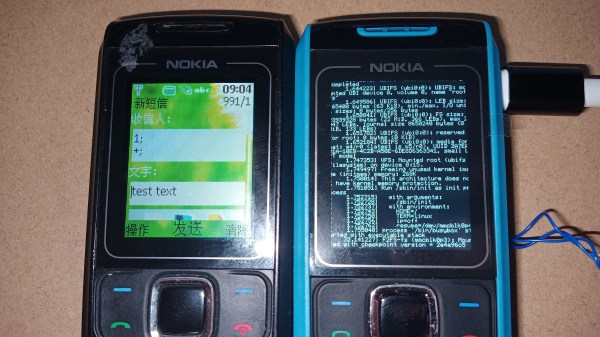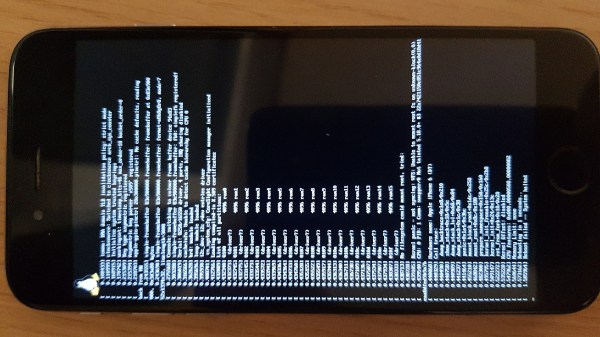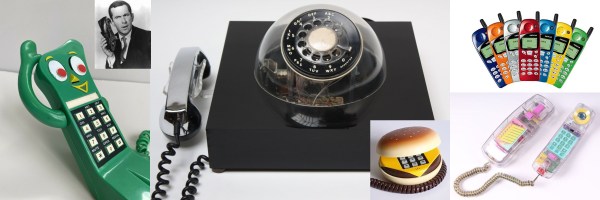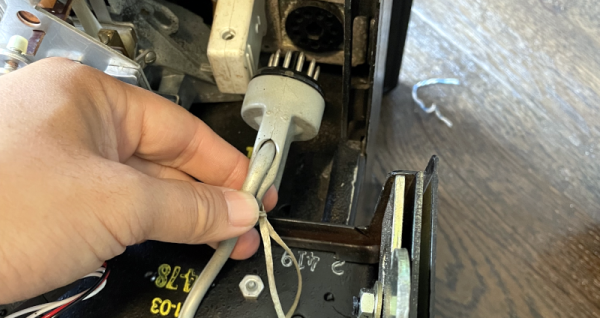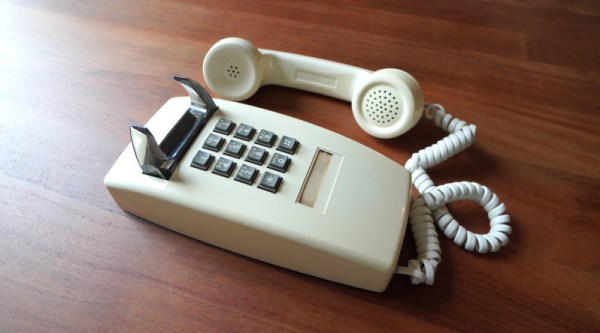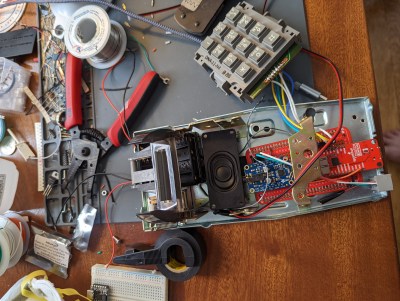Many of us hackers have a longing for numpad-adorned mobile phones. We also have a shared understanding that, nowadays, such a phone has to be open and Linux-powered. Today’s project, Notkia, is the most promising and realistic effort at building a keypad phone that fits our requirements. Notkia is a replacement board for Nokia 168x series phones, equipped with an improved display, USB-C, WiFi, Bluetooth, and LoRa — and [Reimu NotMoe] of [SudoMaker] tells us this project’s extensive story.
The Notkia effort started over two years ago, because of [Reimu]’s increasing dislike for modern smartphones — something every hacker is familiar with. Her first-hand experience with privacy violations and hackability limitations on Android phones is recounted in detail, leading to a strong belief that there are fundamental problems with phones available nowadays. Building new hardware from the ground up seems to be the way forward. Two years later, this is exactly what we got!
Continue reading “Notkia: Building An Open And Linux-Powered Numpad Phone”

